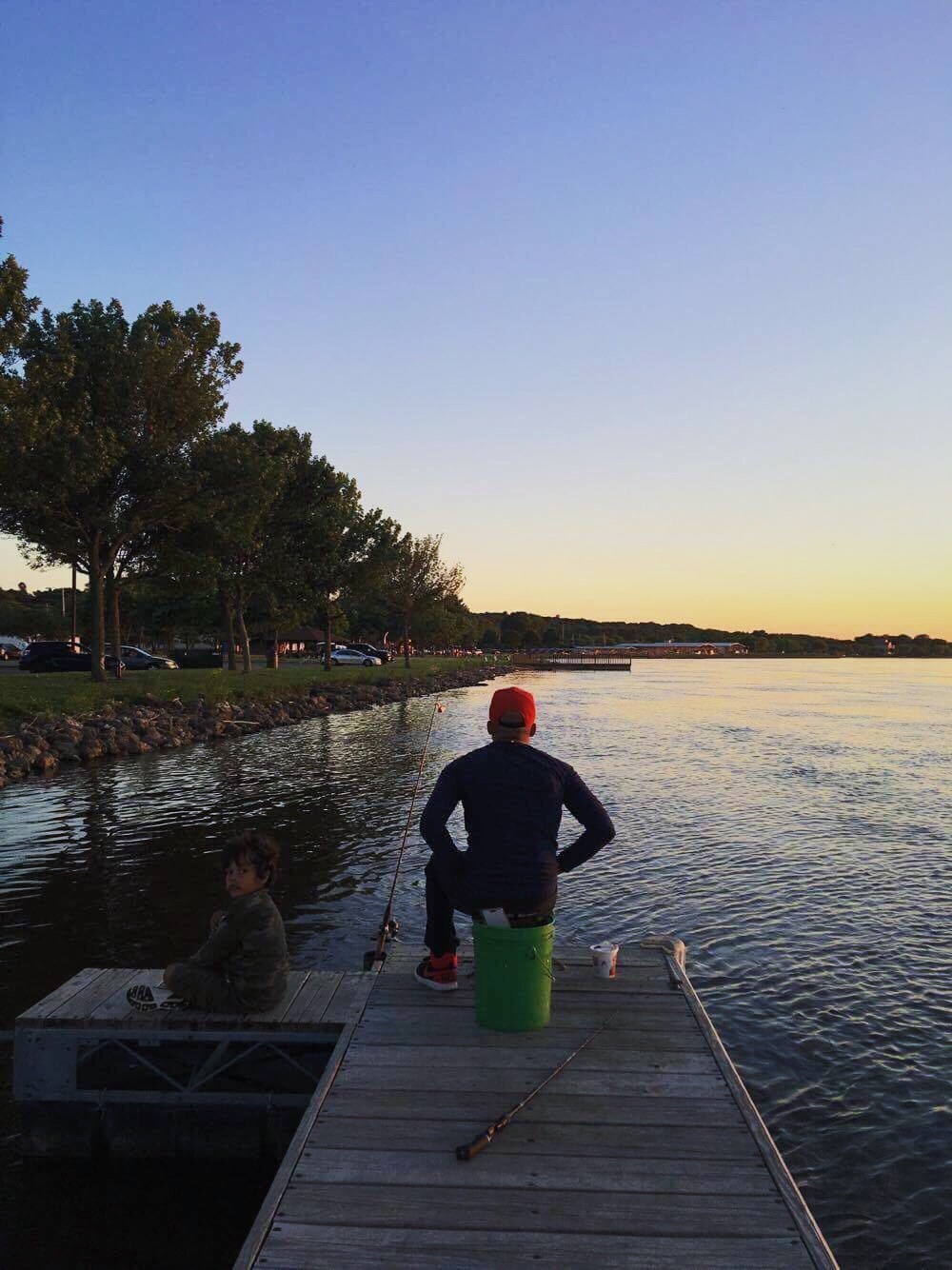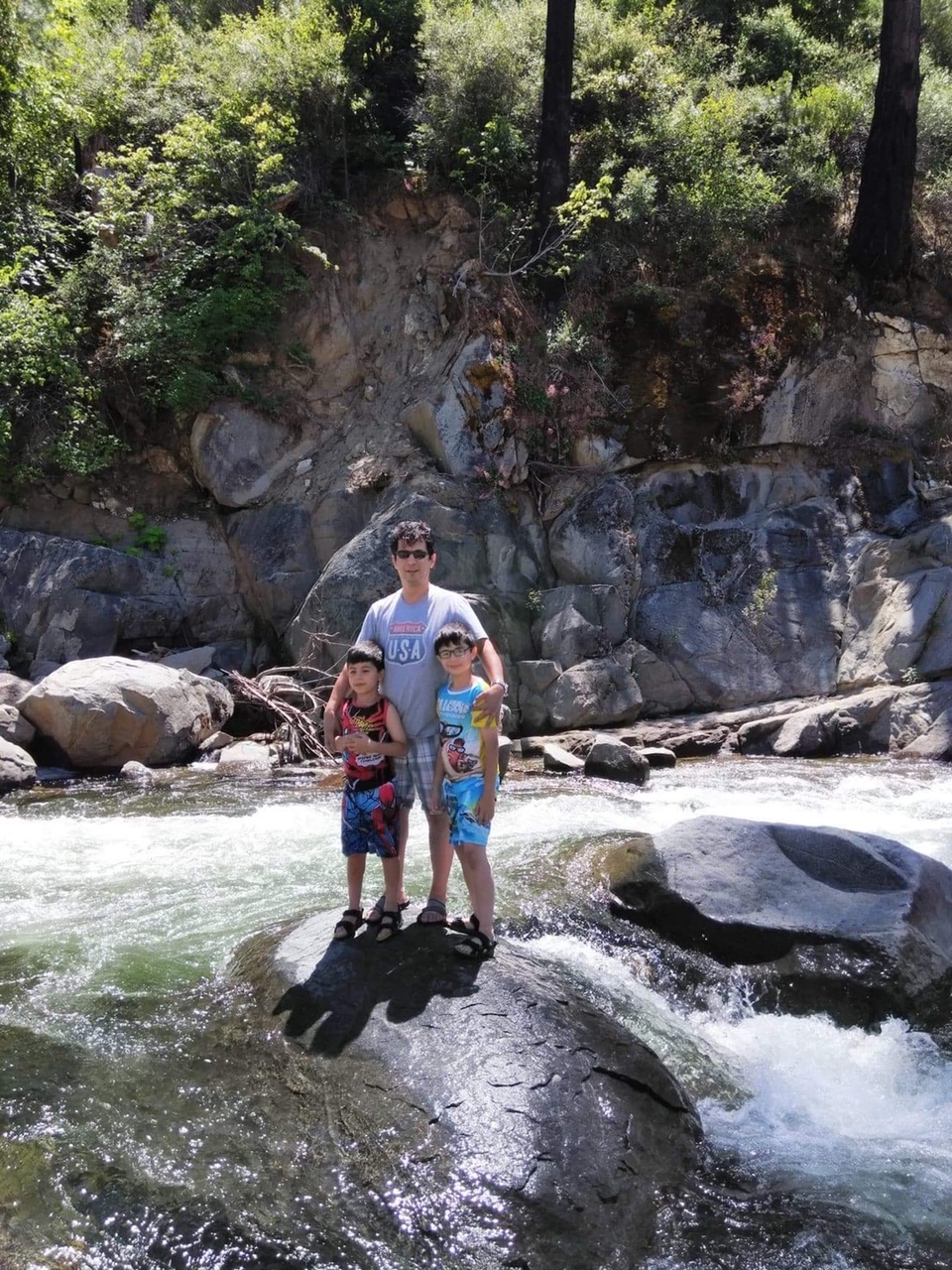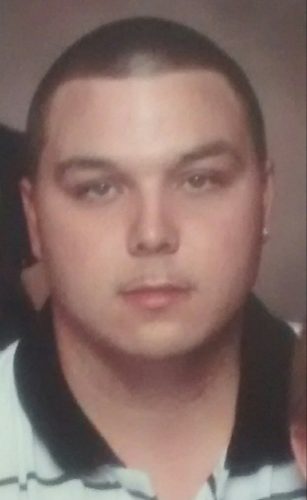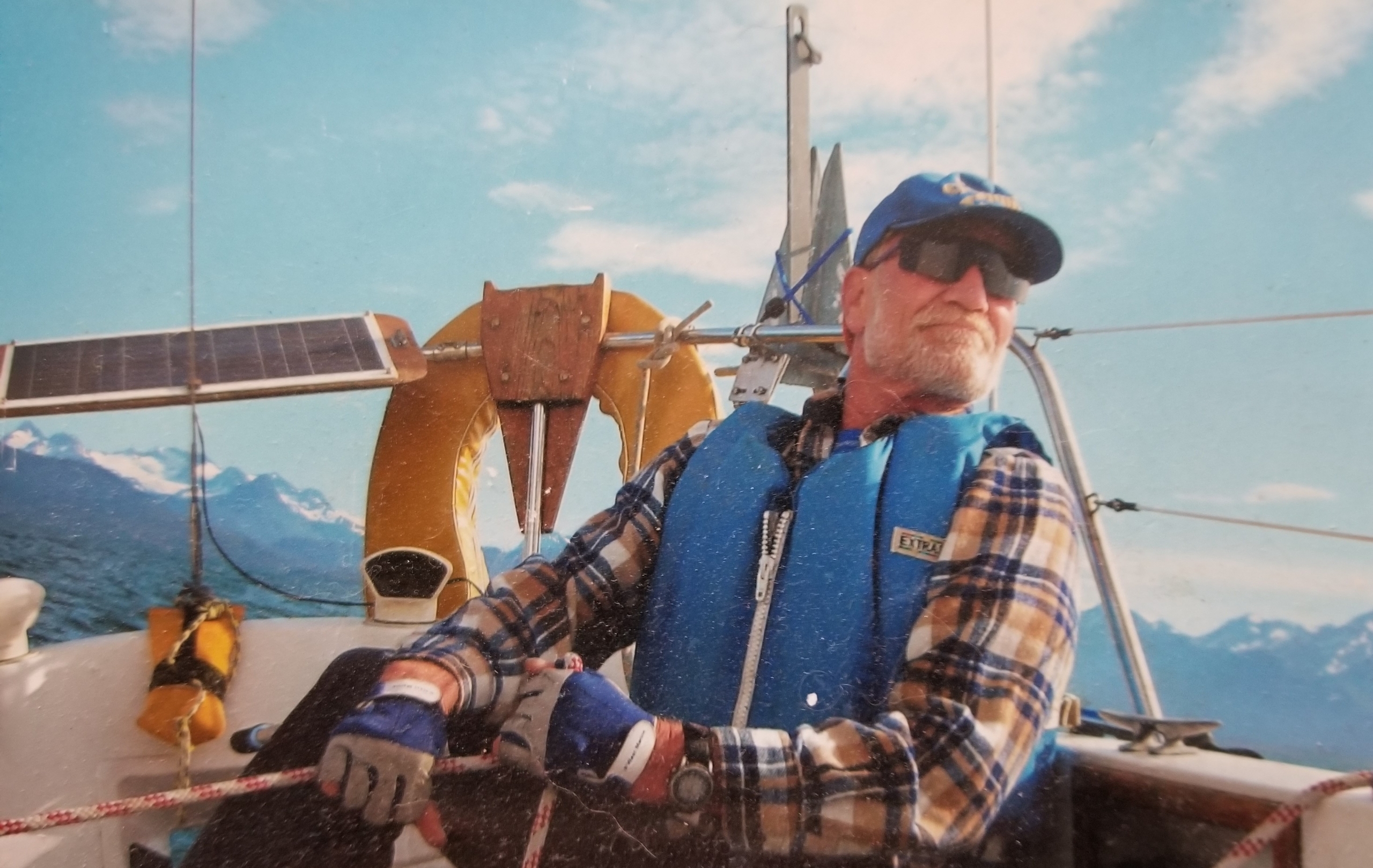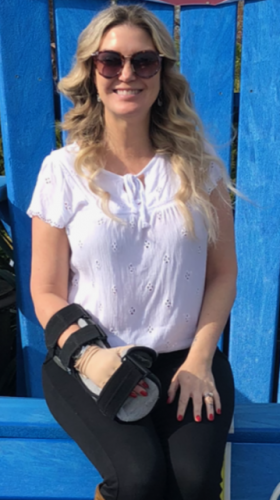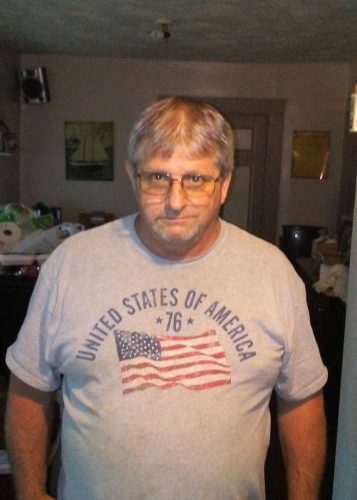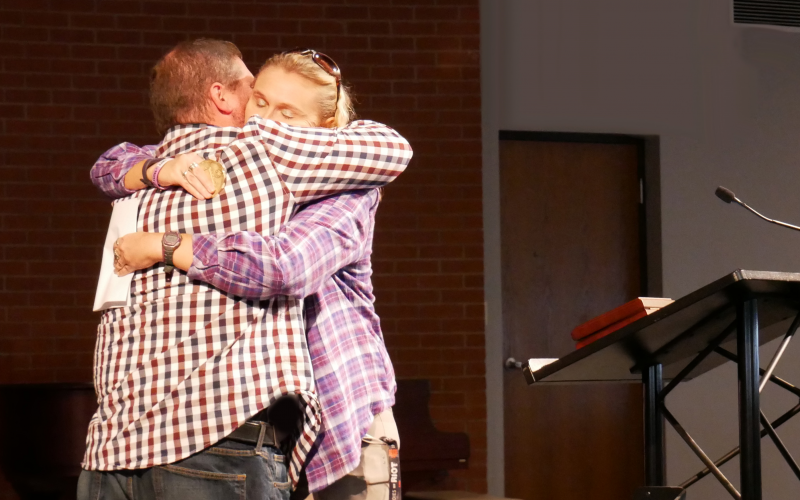2019 was a relatively quiet year for the Hero Fund compared to the previous year’s excitement of our 10,000th medal awarded. But 2019 was nonetheless a landmark year as the celebration of Andrew Carnegie’s legacy continued through to the 100th anniversary of his death in August. Now in its 116th year of operation, the Commission strives to continue its core mandates while remaining responsive to modern times.
The beneficiary systems within society to support heroes and families have changed, and the Commission must continue to change to adequately address their needs.
Commission members have begun further exploring the psychological effects of heroic rescues, with expected research on this important issue to continue. It is the hope that the fruits of these research efforts will better position the Commission to continue to effectively support those who need us the most.
There was again much discussion regarding awarding requirements, as there should be. Founder Andrew Carnegie expected the Commission to evolve in all of the rightful respects related to our work.
Of specific interest was the Commission’s awarding considerations as to life-saving acts by police and first responders. Criminologist and law enforcement expert Dr. R. Paul McCauley joined the Commission at its March 2019 meeting and shed light on historic and legal guideposts that could help the Commission determine the meaning and nature of “above and beyond the call of duty” so that Commission members can consider these cases with eyes wide open.
The Carnegie Medal of Philanthropy and associated events held in October in New York City once again not only recognized today’s greatest philanthropists (on Carnegie’s model), but the event also presented opportunities to share and discuss the Hero Fund’s mission and current priorities with sister institutions near and far. Once again, it served as a backdrop for close collaboration with Carnegie’s European fund representatives in attendance.
The Commission remains strong, relevant, and respected in its work. And most importantly, it remains true to the hopes of its founder in regard to its impact on heroes and society at large.


